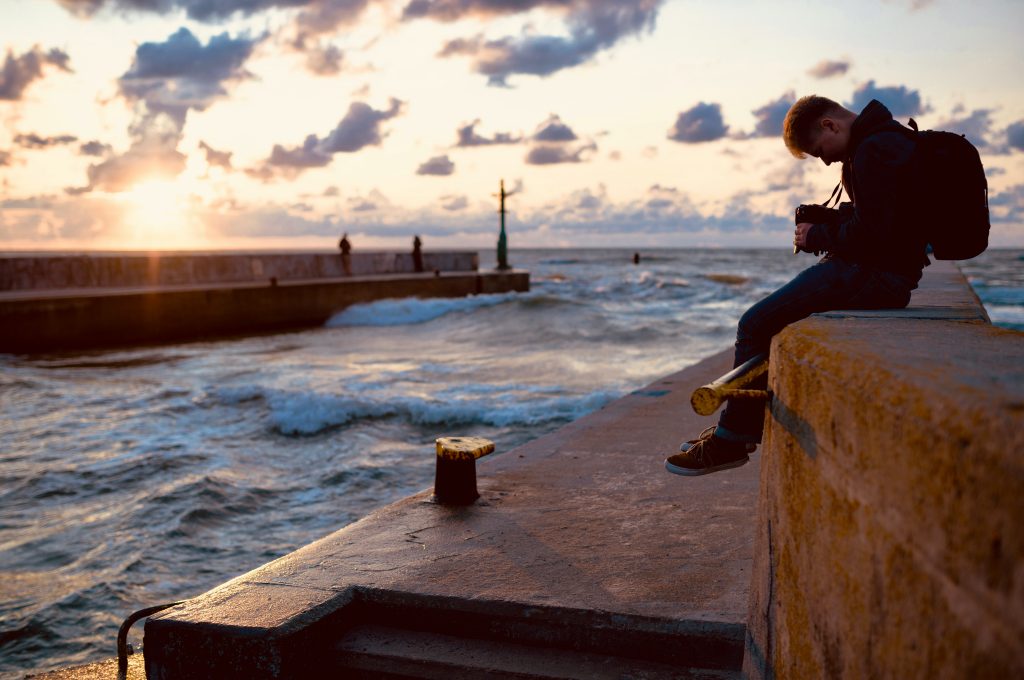Text: Jaana Ruoho
Photo: Jacek Dylag
Fishing ports and seaside villages started to develop into seaside resorts during the industrial revolution in the latter half of the 18th century. People travelled to these coastal destinations mainly for health reasons. Names of these seaside resorts are familiar to many: Scarborough, Brighton and Blackpool in the UK and Heiligendamm in Germany, among others. The French Riviera became a destination for the British upper class by the end of the 18th century.
The explosion of mass tourism since the end of the WW2 developed the Mediterranean area to the main tourist area of the world. The distribution of this tourism is, however, unbalanced concentrated in the north shore. Today, many Mediterranean destinations suffer from overtourism, and there is a need to renew the destinations.
Sun, sea and sand package holidays remain popular even if coastal destinations attract tourists for a variety of different reasons: natural and cultural heritage, gastronomy, art, sport, recreation and shopping. Since coastal tourism is based on valuable and scare resources: clean water and nature, beaches and landscape, cultural heritage, fresh and healthy food - sustainability of tourism is fundamental.
Conflicts in land use should be balanced with different stakeholder’s needs to ensure environmental, economic and social sustainability. Both cold-water and warm-water destinations need expertise, good destination management, up-to-date infrastructure and investments in new technology to meet the requirements of sustainability.
Therefore, sector-specific knowledge and skills are essential to ensure needed expertise both on the company and destination management levels. Responsible business approach is required from all tourism businesses in coastal regions, regardless of the size of the company, or of the type of the coastal destination.


